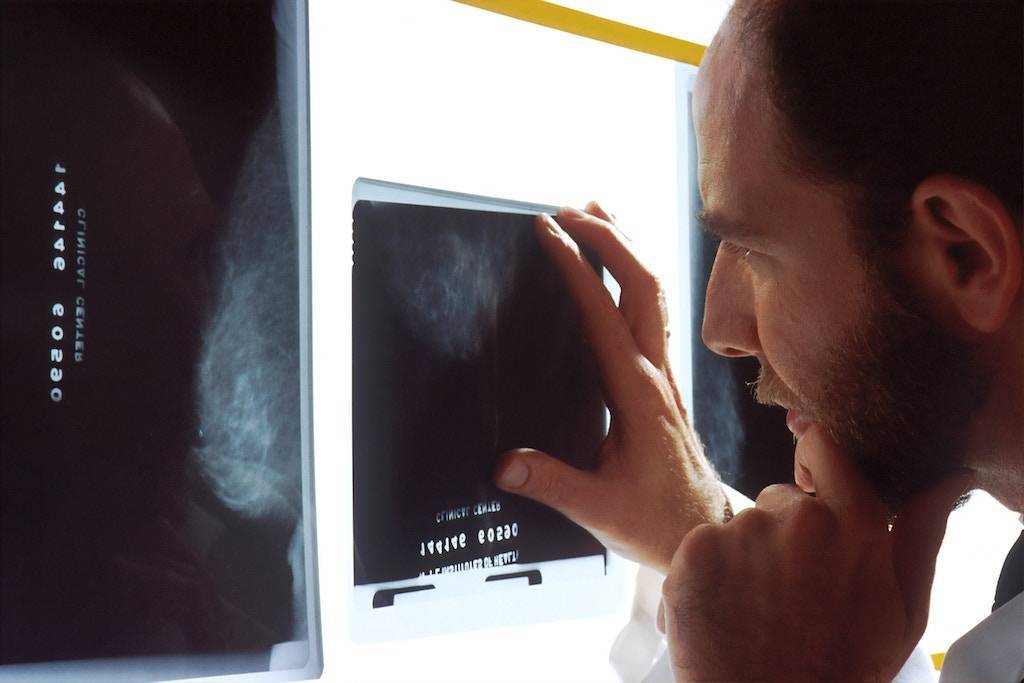Discover the cost of an X-Ray without insurance and learn about low-cost options, negotiation strategies, and tips to reduce expenses in this informative post.
In this article, we will explore the cost implications of obtaining an X-Ray without insurance coverage. Without the safety net of insurance, medical expenses can quickly become a burden for individuals in need of diagnostic imaging services. By examining the potential costs involved and exploring alternative options, this article aims to shed light on the financial impact of obtaining an X-Ray without insurance. This knowledge will empower individuals to make informed decisions regarding their healthcare choices and potentially find more cost-effective solutions.
Cost of an X-Ray without Insurance
Understanding the importance of X-Rays
X-Rays are an essential diagnostic tool used by healthcare professionals to identify and evaluate various medical conditions. They allow healthcare providers to visualize bones, organs, and other internal structures, helping them make accurate diagnoses and develop effective treatment plans. X-Rays play a crucial role in the detection of fractures, tumors, infections, and many other conditions. Understanding the importance of X-Rays is essential in recognizing the necessity of undergoing this procedure, especially when considering the cost implications without insurance coverage.
Factors that determine the cost of an X-Ray
The cost of an X-Ray without insurance can vary depending on several factors. One of the primary factors influencing the cost is the location of the X-Ray facility. Costs tend to be higher in urban areas compared to rural areas. Another significant factor is the type of facility where the X-Ray is performed. Hospitals generally charge more for X-Rays compared to independent radiology centers or clinics. The complexity of the X-Ray procedure, the number of X-Rays required, and the need for specialized imaging techniques may also contribute to the overall cost.
Typical cost range for an X-Ray without insurance
The cost of an X-Ray without insurance typically ranges from $100 to $1,000 per X-Ray, depending on the factors mentioned earlier. This wide range is due to the variability in geographical location, facility type, and complexity of the procedure. For instance, a straightforward X-Ray of a hand or foot could cost around $100, while a more complex full-body X-Ray may cost upwards of $1,000.
Cost variation between different types of X-Rays
The cost of X-Rays can significantly vary depending on the specific type of X-Ray being performed. Basic X-Rays, such as those used for imaging bones or teeth, are generally less expensive compared to more specialized X-Rays, such as those used for imaging the digestive system or blood vessels. The complexity of the imaging process, the equipment required, and the expertise of the healthcare professional involved can all contribute to the variations in costs.
Additional fees and charges associated with X-Rays
In addition to the base cost of the X-Ray procedure, there may be additional fees and charges to consider. These charges can include fees for the interpretation of the X-Ray results by a radiologist, technical fees for the operation of the equipment, and any facility or administration fees. It is crucial to inquire about these additional costs upfront to avoid any unexpected financial burdens associated with the X-Ray procedure.
Government and non-profit options for low-cost X-Rays
If you do not have insurance coverage and are concerned about the cost of an X-Ray, there are options available to help mitigate the financial burden. Government programs, such as Medicaid, may provide coverage for X-Rays to eligible individuals. Non-profit organizations and community clinics may also offer reduced-cost or sliding-scale payment options based on income. Exploring these options can help individuals access the necessary X-Ray services at a more affordable price.
Options for negotiating the cost of an X-Ray
It’s worth noting that the cost of medical services, including X-Rays, is negotiable in some cases. If you find yourself without insurance coverage and facing a significant financial burden, it is advisable to discuss your situation with the respective healthcare provider or facility. They may be able to offer discounted rates, payment plans, or even charity care programs to assist you in managing the costs. Having an open and transparent conversation about your financial constraints could lead to a favorable resolution.
Tips for reducing the cost of an X-Ray
There are several tips and strategies you can employ to reduce the cost of an X-Ray without insurance. First and foremost, it is essential to compare prices across different facilities and providers. Researching and contacting multiple facilities can help you identify more affordable options. Additionally, consider discussing the necessity of certain X-Rays with your healthcare provider. Avoiding unnecessary or duplicative X-Rays can help lower costs. Lastly, inquire about cash-pay discounts or prompt payment discounts that some facilities may offer.
Importance of discussing payment options with healthcare providers
When facing the cost of an X-Ray without insurance, it is crucial to openly discuss potential payment options with your healthcare provider. Clear communication about your financial situation can lead to more informed decisions regarding the most appropriate X-Ray options and any available financial assistance programs. This dialogue ensures that both you and your healthcare provider are on the same page and working together to meet your healthcare needs while considering your financial constraints.
Conclusion
X-Rays are a vital tool in modern healthcare, allowing healthcare providers to diagnose and treat various medical conditions. However, the cost of an X-Ray without insurance can be a significant financial burden. Understanding the factors that contribute to the cost, exploring low-cost options, negotiating with healthcare providers, and employing cost-saving strategies can help reduce the financial strain associated with X-Rays. Remember to discuss payment options openly with healthcare providers to ensure the best possible outcome for both your health and financial well-being.


